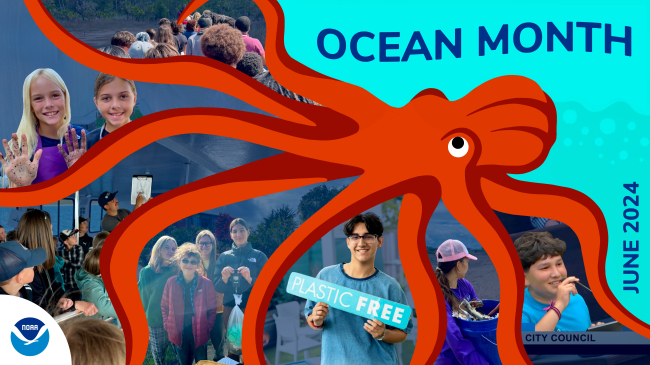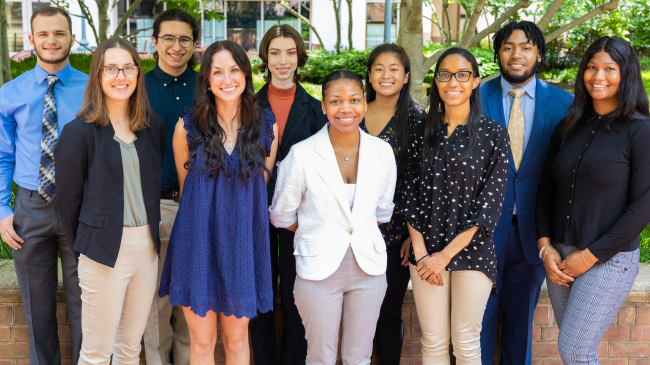At NOAA, we rely on citizen scientists to help us monitor and learn about the ocean and atmosphere. Citizen Science Day offsite link on April 13, 2019, is our opportunity to thank our intrepid volunteers and invite others to get involved.
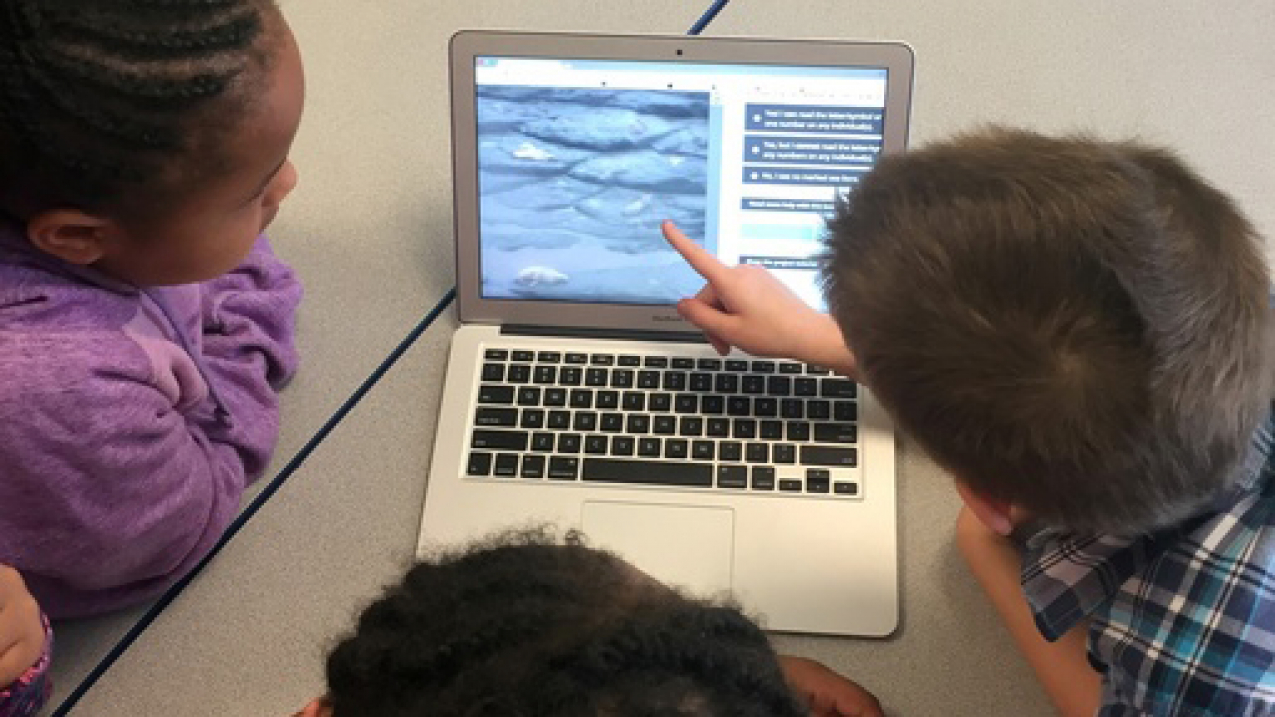
Second graders from an elementary school in Memphis, Tennessee work together to classify images on Steller Watch, a citizen science project in which volunteers review images of Steller sea lions from the remote Aleutian Islands. (Image credit: NOAA)
Citizen science projects come in many shapes and forms, and with hundreds of projects to choose from, there’s something for everyone. This year, Citizen Science Day is harnessing the power of the crowd by encouraging people to participate in a “Megathon offsite link” to advance Alzheimer’s research. Public libraries, schools, senior living centers, and others will work together to play the citizen science game Stall Catchers offsite link for one hour to answer a key research question about the disease that would normally take scientists an entire year to investigate.
Projects like this one enable people to make meaningful contributions to science on their computers or smartphones. Inspired by this strength-in-numbers approach, we’re highlighting NOAA projects that rely on crowdsourcing to advance Earth system science. Whether you’re drawn to the thrill of a game, a connection to history, or the chance to analyze images from far-off places, we hope you find a project to support on Citizen Science Day or any day of the year!
1. Steller Watch
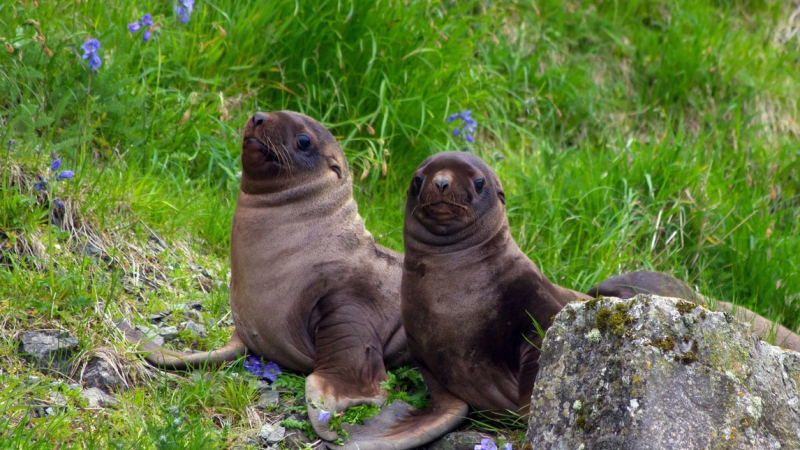
Do you want to spy on sea lions? Using remote cameras, NOAA researchers are keeping an eye on endangered Steller sea lions in the remote Aleutian Islands, but they could use a hand reviewing the hundreds of thousands of images they’ve collected. Tracking sea lions over time helps scientists monitor their populations, including how often females have pups and how long sea lions live — important stats, considering that the number of Steller sea lions has fallen by 94 percent over the last 30 years. Through Steller Watch offsite link, citizen scientists can comb through images to flag the ones in which sea lions are present and help zero in on tagged individuals. So far, over eight thousand volunteers from 70 countries have chipped in to help NOAA Fisheries learn more about these endangered marine mammals.
2. CrowdMag app
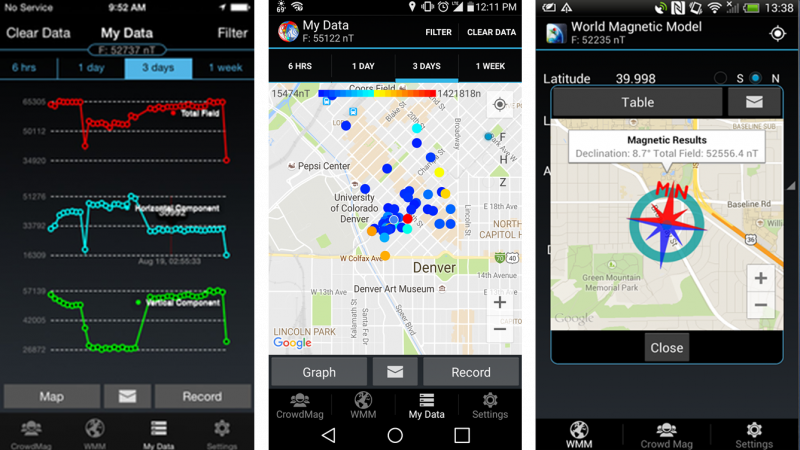
Back in the early days of the U.S. Coast and Geodetic Survey, a predecessor to NOAA, teams of surveyors traversed the continent, observing and measuring Earth’s magnetic field to aid navigation. These days, contributing measurements to the field of geodesy can be much easier. Your smartphone can become a travelling observatory, tracking the Earth’s magnetic field through NOAA’s CrowdMag app. This information helps improve airplane and ship navigation around the world. Smartphones can detect the Earth’s main magnetic field and many local magnetic sources such as bridges, iron pipes, and other metal objects. Through crowdsourcing, citizen scientists map the magnetic field across the globe by simply moving around with their smartphone, and CrowdMag automatically and anonymously sends the data back to NOAA. Become a citizen scientist and join NOAA’s research team studying the Earth’s geomagnetic field.
3. Ocean Video Lab
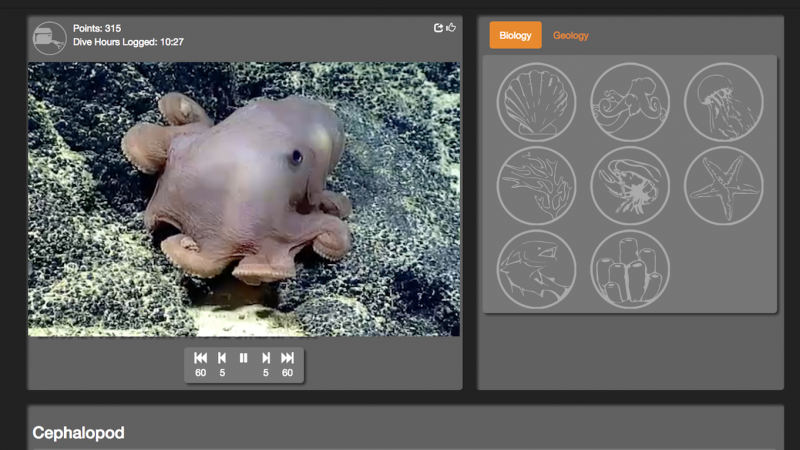
Interested in exploring the mysteries of the deep ocean? Anyone anywhere can use the Ocean Video Lab offsite link portal to help scientists review underwater video from research cruises. Citizen scientists identify interesting observations in the videos. Researchers can then analyze those sightings in detail. Citizen scientists can also review archived video, potentially unearthing new discoveries. Ocean Video Lab’s citizen science interface is developed in partnership with Lamont-Doherty Earth Observatory offsite link of Columbia University, NOAA’s Office of Exploration and Research, and the University of Rhode Island Inner Space Center offsite link with funding from a NOAA Big Earth Data Initiative grant.
4. Old Weather Project

Daily logs from historic ships contain a trove of climate and weather data, but these paper records are difficult for scientists to use. At the Joint Institute for the Study of Atmosphere and Ocean offsite link, a partnership between NOAA Research and University of Washington offsite link, the Old Weather Project offsite link harnesses volunteers to mine data from historic vessel records. Old Weather brings together climate researchers and citizen scientists with experts from the U.S. National Archives. While climatologists gather data on past weather, historians glean insights into the lives of bygone mariners. Many of these logs haven't been examined since a crew member recorded them long ago, so there’s always the potential to discover something surprising. This project enables volunteers, who have already transcribed 3 million records, to supplement and extend the available data on past conditions.
5. mPING app
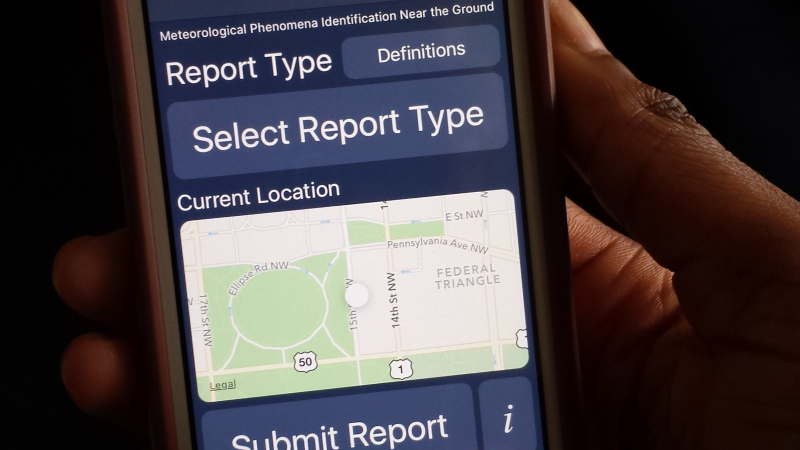
Is it raining? Hailing? Snowing? Drizzling? Your observations of what’s happening now can help improve weather forecasts. Using the mPING (Meteorological Phenomena Identification Near the Ground) app available for Apple and Android, citizen scientists can report the type of precipitation they are experiencing. Weather radar systems don't "see" close to the ground, so these anonymous reports can improve weather computer models. The information can also be used by road maintenance crews and the aviation industry to warn about icy or hazardous conditions. mPING was developed by NOAA's National Severe Storms Laboratory, the University of Oklahoma offsite link, and the Cooperative Institute for Mesoscale Meteorological Studies offsite link.
In addition to these examples, there’s a wide world of citizen science projects to explore. To find projects near you, check out the Federal Citizen Science Catalog. Whether it’s joining a crowdsourcing project or reporting on weather right outside your window, we’ve got a volunteer opportunity for you.



